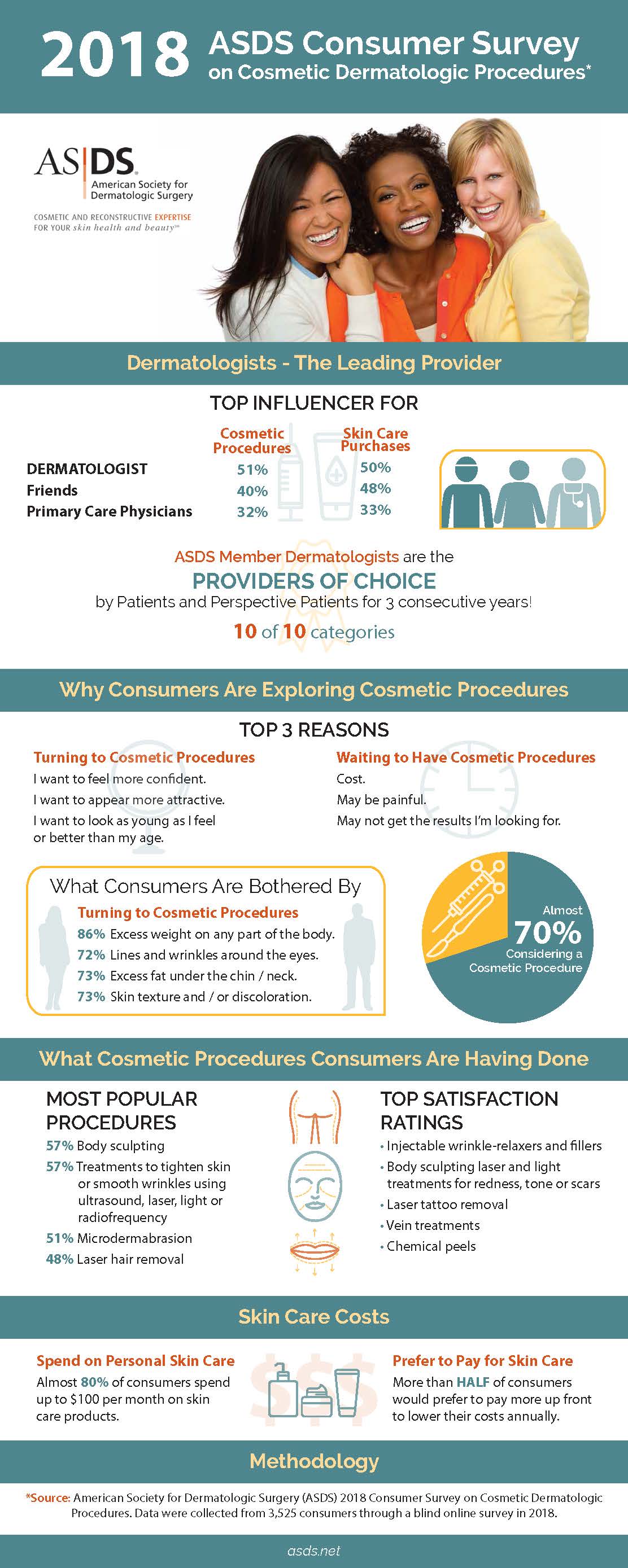Social Challenges Of Having Acne
Social Challenges Of Having Acne
Blog Article
Hormone Acne - What is Hormone Acne?
Hormone acne is defined by blocked pores and oily skin that generally shows up on the chin and jawline. It happens when hormonal adjustments activate inflammation and microbial overgrowth within hair follicles.
Outbreaks might appear as whiteheads, blackheads, papules or pustules and cysts or nodules in more severe cases. It is much more typical in teens undergoing adolescence however can impact adults of any type of age.
What Triggers Hormone Acne?
While acne can be triggered by a range of aspects, consisting of utilizing hair and skin treatment products that aren't oil-free or made with components that might block pores, genetic predisposition, diet,2 and tension, the root cause is varying hormones. Hormonal acne occurs when the body experiences hormonal adjustments and variations that bring about an overflow of sebum, which creates swelling, boosted growth of germs and changes in skin cell activity.
Hormonal acne is often located on the reduced jawline, cheeks and neck yet can show up anywhere on the body. It is defined by acnes that are cystic, uncomfortable and full of pus or other material. It is likewise more likely to occur in women than males, specifically throughout adolescence, the menstrual cycle, maternity or menopause.
Age
While several children experience acne eventually during puberty, it can remain to torment grownups well into adulthood. Called hormone acne, this type of breakout is tied to variations in hormonal agents and is usually most common in women.
Hormone acne happens when oil glands produce too much sebum, which obstructs pores and catches dead skin cells. This results in the formation of imperfections, such as whiteheads, blackheads and papules, pustules, cysts or blemishes, deep under the surface.
This type of imperfection typically causes discomfort, soreness and inflammation. It may additionally be intermittent and appear around the very same time every month, such as right before your period begins. This is since levels of women hormonal agents like progesterone and oestrogen vary with each menstruation.
Menstruation
Hormonal acne commonly shows up in the lower part of your face, along the jawline and cheeks, as whiteheads, blackheads or inflammatory acnes (acnes and cysts). It's most likely to show up around the time when your menstrual cycle adjustments.
Particularly around ovulation, when estrogen and progesterone levels get on the rise, hormonal agent changes can cause outbreaks. However it's also feasible to get acne at any kind of factor during your 28-day menstruation.
If you discover that your hormone acne flares up right prior to your duration, try seeing when precisely this happens and see if it connects to the phases of your 28-day menstruation. This will aid you identify the root causes of your skin problems. For example, you might wish to work with stabilizing your blood sugar and eliminating high-sugar foods, or consider a prescription drug like spironolactone that can regulate your hormonal agents.
Pregnancy
Expanding an infant is a time of significant hormonal adjustments. For lots of women, this consists of a flare-up of hormonal acne. This kind of outbreak usually begins in the very first trimester, around week six. It's triggered by hormone surges that stimulate sweat glands to make more oil, which can obstruct pores and cause even more bacteria to build up.
Breakouts might likewise take place as a result of pre-existing conditions like polycystic ovary disorder, which can also be a concern during pregnancy and menopause. Likewise, some sorts of birth control pills (such as Ortho Tri-Cyclen and YAZ) can cause hormonal acne in some females.
Fortunately, the majority of acne treatments are "no-go" for expectant women (consisting of preferred acne-fighting components such as isotretinoin and spironolactone). Yet if you can't prevent those annoying bumps, your physician might prescribe dental erythromycin or cephalexin, which are secure during pregnancy.
Menopause
As females approach menopause, the estrogen levels that created their hormone acne to flare up throughout puberty begin to maintain and decrease. At the same time, nevertheless, a spike in androgens (additionally known as male hormonal agents) takes place because these hormonal agents can not be converted into estrogen as successfully as in the past.
The excess of androgens can activate oil manufacturing by the sebaceous glands, which blocks pores. When the clogged up pores become irritated and inflamed, a pimple types.
Hormone acne is typically seen on the face, particularly around the chin and jawline, however it can take place on the neck, back, shoulders, acne treatment near me or chest. This kind of acne often tends to flare in a cyclical pattern, similar to the menstruation. Stress and anxiety, which increases cortisol and throws hormonal agents out of equilibrium, also contributes to the outbreaks.